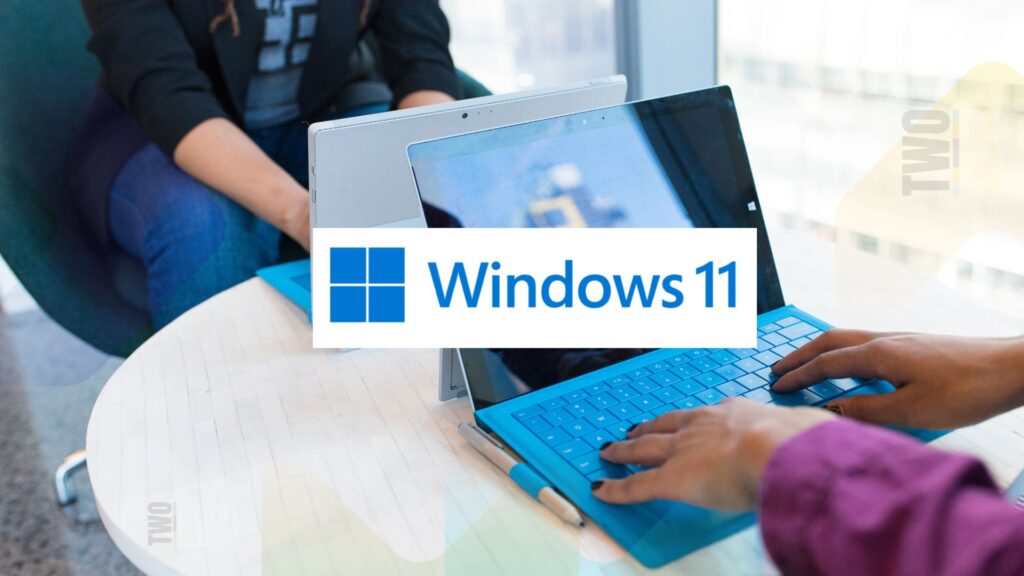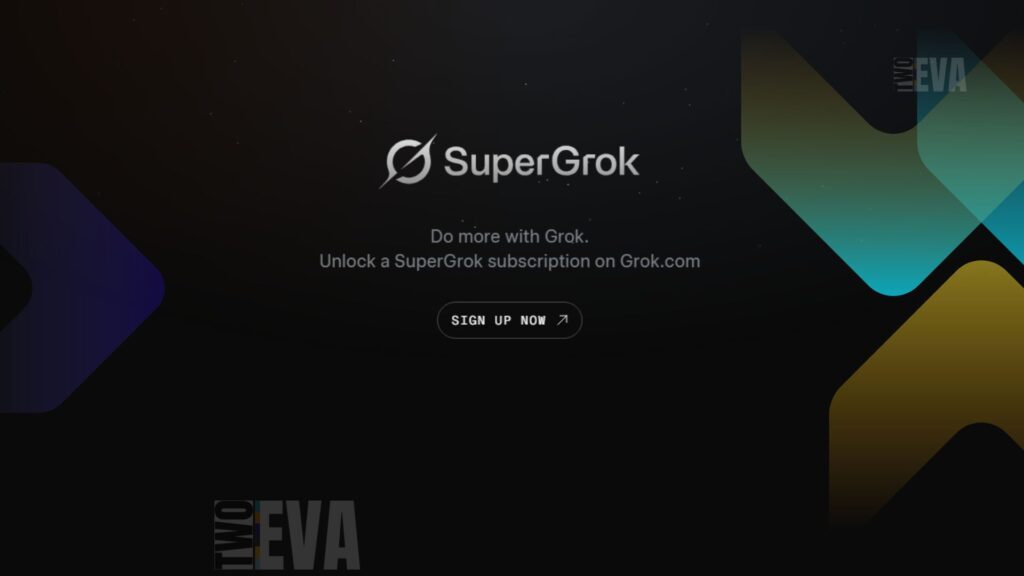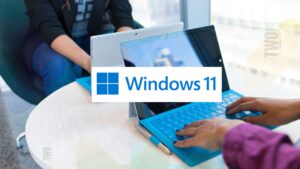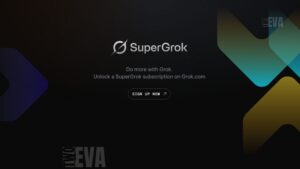OpenAI’s recent pivot from attempting to acquire AI coding startup Cursor to pursuing a $3 billion deal with Windsurf underscores a strategic recalibration in its quest to dominate the AI-assisted coding market. The shift reflects the company’s urgency to address competitive pressures and enterprise demands, but it also raises questions about integration challenges and long-term viability in a crowded sector.
From Cursor to Windsurf: A Strategic Shift
OpenAI initially targeted Cursor, developed by Anysphere, in acquisition talks spanning 2024 to 2025. However, negotiations faltered as Anysphere, valued at $10 billion, prioritized independence despite OpenAI’s existing investment via its Startup Fund. Cursor’s popularity stemmed from its integrations with Anthropic’s Claude 3.5 and Microsoft’s GitHub Copilot, reaching 1 million daily users by March 2025.
By contrast, OpenAI’s pursuit of Windsurf reflects a different calculus. Windsurf’s compatibility with legacy systems and on-premises deployment options made it a stronger fit for enterprise clients—a segment where OpenAI trails rivals like Microsoft and Google. With $40 million in annual recurring revenue (ARR), projected to rise to $100 million, Windsurf’s acquisition would give OpenAI immediate access to enterprise developers, bypassing the multi-year development cycle needed to build a competing tool from scratch.
Why the Sudden Pivot?
Several factors drove OpenAI’s decision:
- Speed to Market
Acquiring an established player allows OpenAI to compete faster against GitHub Copilot, which already holds 74% of the developer market share. Building an equivalent tool internally could take years, risking further market consolidation by rivals.
- Enterprise Demand
Unlike OpenAI’s cloud-first approach, Windsurf supports on-premises deployment—critical for customers with strict data privacy requirements. This aligns with OpenAI’s push to diversify beyond consumer-facing products like ChatGPT. - Investor Pressure
After raising $40 billion at a $300 billion valuation, OpenAI faces expectations to deploy capital aggressively. A $3 billion deal accelerates its expansion into the AI-assisted coding space and potentially diversifies revenue streams.
Anysphere’s resistance to acquisition also played a role. The company’s $10 billion valuation and 200% ARR growth in 2024 signaled confidence in its standalone path. Meanwhile, Windsurf, with a $1.25 billion pre-deal valuation, became OpenAI’s most viable alternative.
Financial and Technical Considerations
While Cursor’s $10 billion valuation appears steep relative to its revenue, Windsurf’s $3 billion price tag reflects its enterprise appeal rather than current financials. However, technical hurdles remain.
Neither Cursor nor Windsurf relies on OpenAI’s proprietary models—Cursor integrates Claude 3.5, while Windsurf uses Codeium’s technology. Merging Windsurf’s architecture with OpenAI’s infrastructure could introduce delays, and regulatory scrutiny over antitrust concerns could complicate the deal.
Competition and Market Realities
The AI-assisted coding market is already saturated, with Anthropic and Google releasing faster code-generation tools, and open-source models like DeepSeek undercutting pricing. Windsurf’s niche focus on enterprise clients may limit scalability, though it provides OpenAI with a differentiated offering.
What’s Next?
OpenAI’s move signals a preference for speed over organic growth, but success hinges on execution. Can the company integrate Windsurf’s technology smoothly? Will enterprise adoption justify the $3 billion outlay?
















